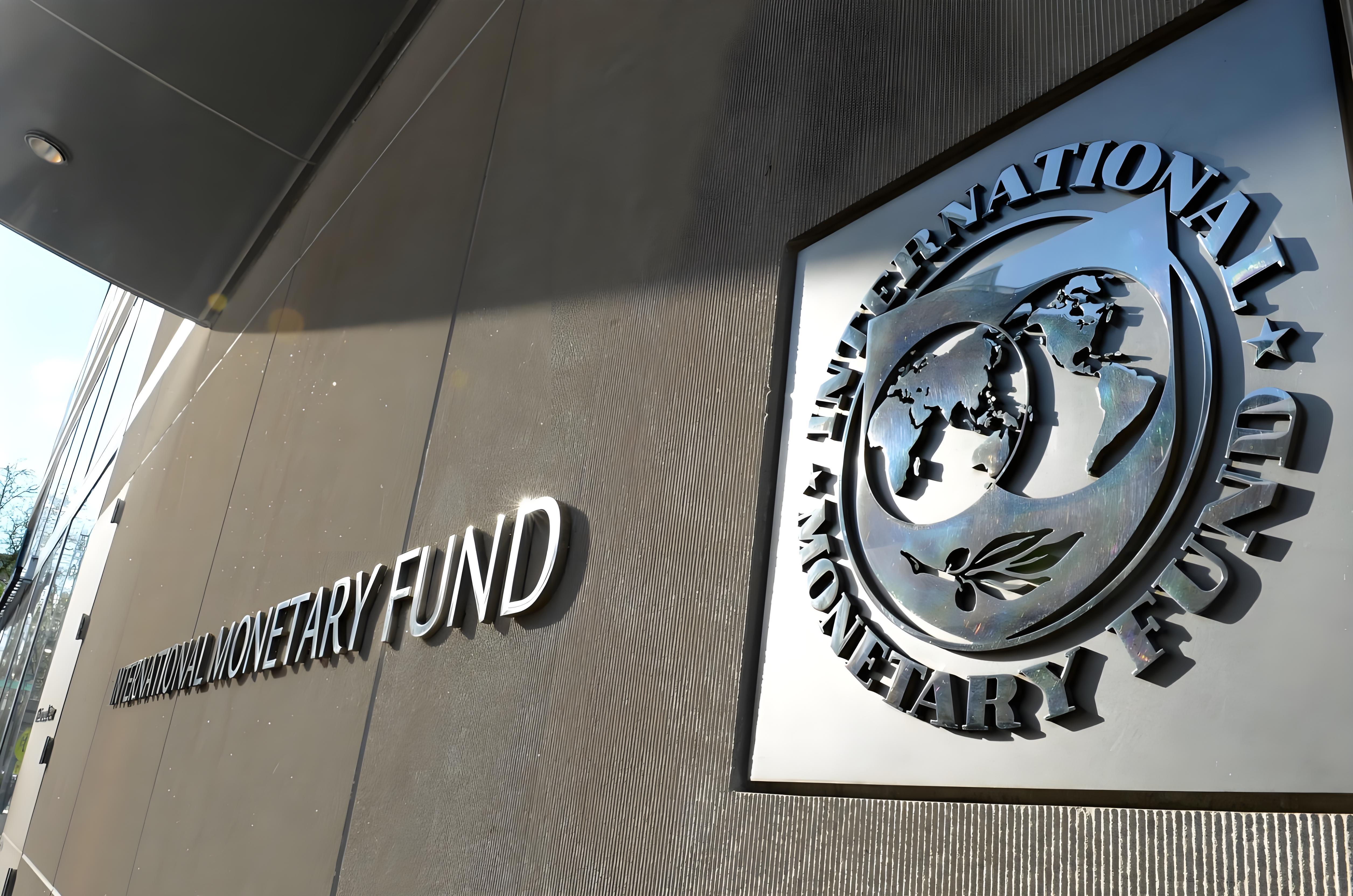
The World Economic Outlook Report released by the International Monetary Fund (IMF) in October presents a thought-provoking set of data: the global economic growth rate is projected to increase by 0.2 percentage points to 3.2% in 2025, with the US economy expected to grow by 2.0% and the Eurozone by 1.2%. In 2026, these figures are set to edge up slightly to 2.1% and 1.1% respectively. While this seemingly stable outlook appears to indicate a steady trend, it actually masks the profound pressures facing the EU and US economies amid trade frictions, policy constraints, and structural imbalances. The so-called "growth resilience" is more of a short-term buffer rather than an improvement in fundamental economic conditions.
The "2.0% growth rate" of the US economy exhibits distinct contradictions. On the positive side, the investment boom in artificial intelligence (AI) and computing power has emerged as a core driver. A survey by the National Association for Business Economics (NABE) shows that business investment in 2025 is expected to grow by 3.8%, far exceeding the previously projected 1.6%. This technology-driven investment has, to some extent, offset the impact of weak consumption. Meanwhile, following the Federal Reserve's initiation of interest rate cuts in September, marginal easing of market liquidity has provided a breathing space for corporate financing. However, beneath the positive data, three major pressures are eroding the foundation of growth.
The negative effects of tariff policies have gradually come to the fore. The US has pushed its effective tariff rate to a level rarely seen in a century; although it has declined slightly since then, it remains significantly higher than the 2024 benchmark. Estimates from the Yale Budget Lab suggest that comprehensive tariffs could reduce annual GDP by 0.5 percentage points between 2025 and 2026. Furthermore, import costs are being passed on from importers to end consumers, fueling risks of core inflation. The "disconnect" between the job market and economic growth is even more striking: while GDP grew at an annualized quarterly rate of 3.0% in the second quarter, nonfarm payrolls increased by only 73,000 in July, and the labor force participation rate dropped to 62.1%. This kind of "artificial growth" driven by contracted imports has had minimal impact on boosting employment. Additionally, the interest payment pressure from $37 trillion in federal debt is squeezing research and development budgets and driving up financing costs for the private sector, creating a negative feedback loop with high interest rates.
The 1.2% growth rate of the Eurozone further highlights its "anemic recovery". As an export-oriented economy, Germany has been particularly hard hit by US tariffs. After two consecutive years of contraction, its economy is expected to see nearly zero growth in 2025, making it a "drag" on the Eurozone economy. Although the European Central Bank's successive interest rate cuts have driven a modest increase in credit, the easing of inflationary pressures has not translated into growth momentum. EU exports are projected to grow by only 0.7%, high savings rates continue to suppress consumption, and the fiscal deficit ratio is set to rise to 3.3%. The IMF notes that even if Germany stimulates consumption through real wage increases in 2026, this will only partially offset the negative impacts of trade policies and energy bottlenecks. The growing pains of energy transition also cannot be ignored: the contradiction between reliance on traditional energy and lagging new energy infrastructure has left the Eurozone at a disadvantage amid the restructuring of the global energy landscape.
From a global perspective, the slowdown of the EU and US economies has exerted significant spillover effects. As key engines of global demand, weak US consumption and contracted Eurozone imports have already led to downward revisions in growth forecasts for trade-dependent economies such as those in ASEAN. More alarmingly, the "fragmentation" trend fueled by trade protectionism is undermining long-term growth potential through the redistribution of production resources and technological decoupling. This is the core reason why the IMF, despite revising up short-term forecasts, continues to warn of downside risks.
The room for monetary policy maneuver has become extremely limited. While the Federal Reserve has begun cutting interest rates, "sticky" inflation has forced it to slow the pace of cuts; market expectations suggest only one more 25-basis-point cut will be implemented this year. Although the European Central Bank has conditions for further easing, high debt levels have restricted the intensity of its policies. For the EU and the US, the only way to transform the approximately 2% growth rate from a "short-term buffer" into a "long-term trend" is to break the vicious cycle of "tariff protection → rising costs → slowing growth" and unleash the vitality of technological innovation through structural reforms. Otherwise, the minor adjustment in growth rates in 2026 may merely be a prelude to greater pressures ahead.

Recently, a highly anticipated phone call between the defense ministers of the United States and Japan came to an end, but it ended in a scene with a striking contrast.
Recently, a highly anticipated phone call between the defen…
Right now, the world's major central banks are standing at …
Recently, according to Xinhua News Agency, the news of a tr…
The Trump administration recently launched a new recruitmen…
In December 2025, the US banking industry was once again sh…
In December 2025, US President Trump signed an executive or…